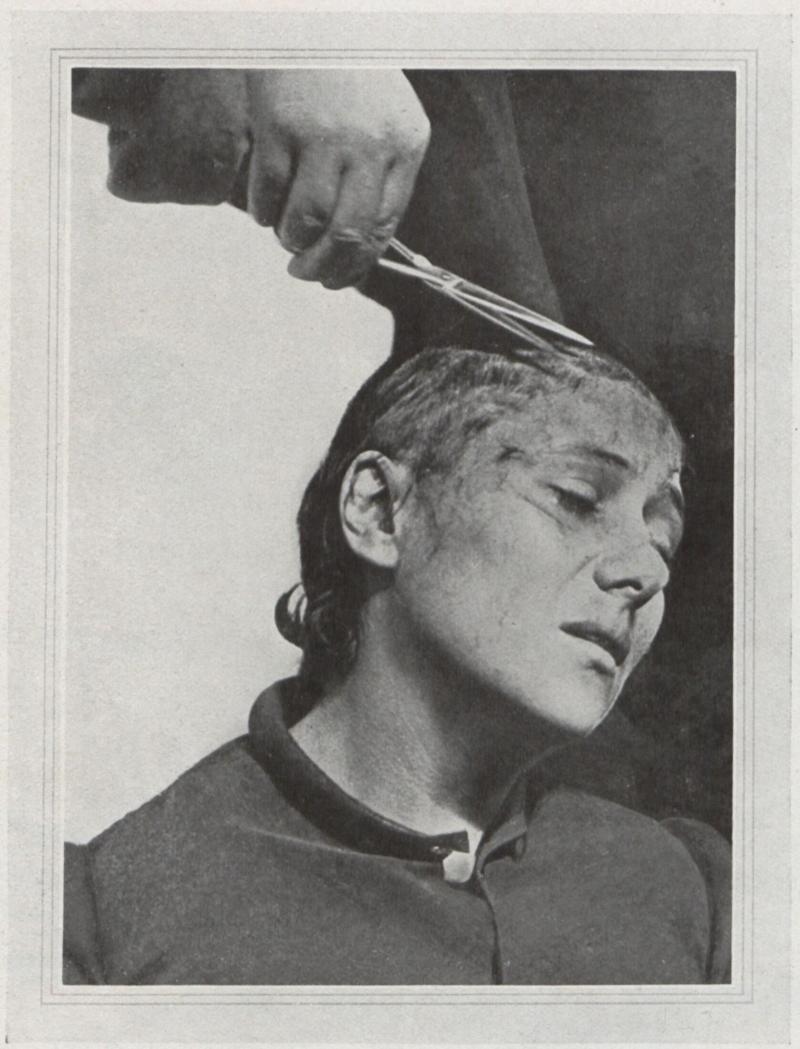The images I collected were vital to my research, and they can tell us a great deal about Eden. On the one hand, they remind us that the landscape of Hemingway’s novel is an imaginary one. His fictional Le Grau-du-Roi—innocent, undiscovered, and Edenic—has “no casino” (6), whereas period images show clearly what Hemingway knew well: the real Le Grau-du-Roi did boast a modest municipal casino. Eden’s narrator might claim that in 1927 short “boyish” haircuts like Catherine’s “even in Paris [were] … rare and strange” (16), but images from 1927 issues of French Vogue (where roughly 40 percent of women sport such haircuts) remind us that we’re reading fiction.

Calvin Coolidge fishing in a business suit
Yet, aside from a few such instances of poetic license necessary to advance the narrative, what is far more striking is Hemingway’s overriding faithfulness to, and imaginative use of, the real world. Again and again, images paired with the precision of Hemingway’s description helped me to locate and identify places in the novel that are never explicitly named in the text: the Bournes’ hotels, their cafés, their favorite cove where they swim and dive from the rocks, or the terrain David’s father crosses in the story of the massacre in the crater. Newspaper headlines and advertisements helped establish the cultural context of the novel, and period photos clarified references to figures like Calvin Coolidge (yes, he really did fish in a business suit with a “high stiff collar” [59]), the bug-eyed comedian Eddie Cantor, and the crop-headed movie star Renée Jeanne Falconetti (who Marita jokes about resembling). To see the tusks of the “one greater elephant” remembered by Juma (173) is to appreciate the immensity of the elephant hunted by David’s father. The digital format of “Seeing Hemingway’s The Garden of Eden” even gives us a chance to drive (vicariously) the Bournes’ Bugatti or watch the great horse Héros XII win the Paris Grand Steeple Chase.

Maria jokes that she resembles movie star Renée Jeanne Falconetti
Such details might be mere trivia if they didn’t contribute so much to the meaning of the novel. These images are the visible tips of icebergs, revealing much about the protagonists, cultural backgrounds, and themes of the novel.
Work Cited
Hemingway, Ernest. The Garden of Eden. Scribner’s, 1986.
Carl Eby is professor of English at Appalachian State University and president of the Ernest Hemingway Foundation and Society. His publications include Hemingway's Fetishism: Psychoanalysis and the Mirror of Manhood (SUNY Press) and Hemingway's Spain: Imagining the Spanish World (Kent State University Press, co-edited with Mark Cirino). His new book Reading Hemingway's The Garden of Eden has just been published by Kent State University Press.